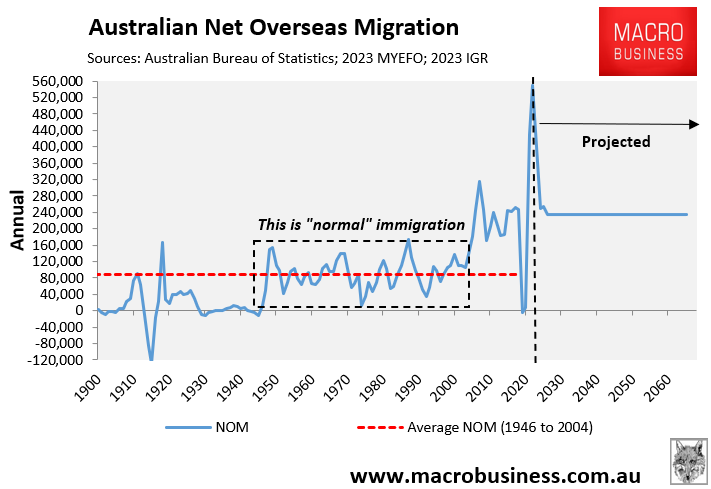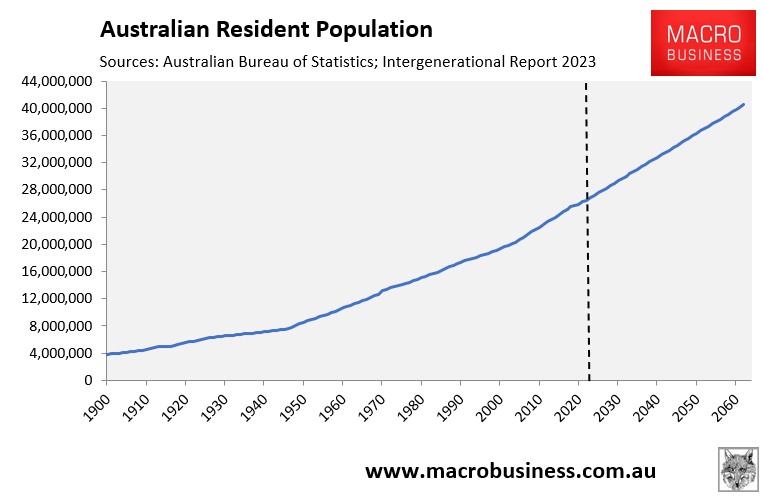Alan Kohler argues that Australia needs an Australian Energy Market Operator (AEMO) for housing to match supply and demand:
There needs to be a kind of equivalent of the Australian Energy Market Operator (AEMO) for housing.
That is, the National Housing Supply and Affordability Council with teeth, and with its own staff instead of the secretariat of Treasury that it uses now…
No one has the job of researching the national housing market and ensuring it is in balance, as AEMO does with energy.
In developing the 2024 Integrated System Plan, AEMO “collaborated with more than 1300 stakeholders, produced 60 presentations and reports, and considered more than 110 submissions from industry, consumer and community representatives and governments.
What’s the point of going to such trouble and expense to make sure every household has enough affordable gas and electricity if the house itself is unaffordable?
Earth to Alan: the AEMO has delivered some of the most expensive gas and electricity prices in the world. It has been an unmitigated failure.
East Coast gas prices are tracking at an insane $20 a gigajoule, which is around five times what US citizens pay and up from a historical average of $3 a gigajoule:
Advertisement
As a result, Australian electricity prices have also launched, since gas is the marginal price setter for electricity prices:

Australia’s manufacturing industry has also been decimated by excessive energy costs.
Advertisement
You are deluding yourself, Alan, if you believe that a housing AEMO would magically solve the housing supply crisis.
The reason why the AEMO has failed to deliver cheap energy is because the East Coast gas market is structurally broken. AEMO merely shuffles the deck chairs on the Titanic.
Despite being one of the world’s biggest LNG exporters, and literally swimming in gas, the East Coast has been plunged into an artificial shortage because it is the only gas exporting region in the world without a domestic gas reservation policy.
Advertisement
A housing AEMO would also fail because the market is structurally broken by high levels of immigration, which always ensures that demand runs ahead of supply.

Even if net overseas migration was reduced to the Intergenerational Report’s projected level of 235,000 a year, Australia’s population would grow by 13.5 million people (50%) in only 39 years to 40.5 million people by 2062-63:
Advertisement

That level of population increase is the equivalent of adding another Sydney, Melbourne and Brisbane to Australia’s current population in only 39 years.
It would require the construction of around 5.5 million homes (accounting for demolitions) alongside masses of new infrastructure.
Advertisement
It would also ensure that Australia’s housing system forever remains in shortage.
Rather than creating another centrally planned bureaucracy full of highly paid eggheads, why not simply take the pressure off demand and slash net overseas migration to 120,000 or less – i.e. the pre-2005 ‘Big Australia’ norm?
This lower level of migration would grow the population at a rate commensurate with the nation’s capacity to build housing and infrastructure.
Advertisement
Alan Kohler himself labelled the rapid population growth in Melbourne and Sydney a “national emergency” in 2018 and called for immigration to be “drastically cut”:
Last week Bernard Salt predicted that Melbourne’s population would reach eight million in 2050, roughly the same as London’s now. Sydney’s population would be less than that, but close…
Congestion is taking over from energy costs as the biggest drag on productivity and economic growth and by the time Melbourne and Sydney get to eight million people each, they’ll be at a standstill.
In October 2020, during the height of the pandemic, Kohler argued that Australia has become addicted to population growth and now must be weaned.
Advertisement
Kohler argued that Australia’s world-beating population growth had papered over a weak economy. He also argued that the acceleration in population growth (immigration) from 2005 drove the nation’s housing shortage and that there would be financial benefits from lower population growth.
In October 2022, Kohler warned the Albanese government that if they increased the immigration intake, they would turn a housing shortage into a “horrific” housing crisis:
At the jobs and skills summit, Giles announced an increase in the permanent migration intake from 160,000 to 195,000, or 16,000 a month….
But where are they all going to live?…
[Labor] has approved two million visas when there are 51,437 homes currently available to rent.
So obviously, the Labor housing policy is hopelessly inadequate and when combined with its immigration policy, it’s downright dangerous.
Lower, sustainable immigration is the answer to the housing shortage, Alan. Not another failed AEMO-type body.
Fix the problem at the source instead of creating another useless bureaucracy.
Advertisement

